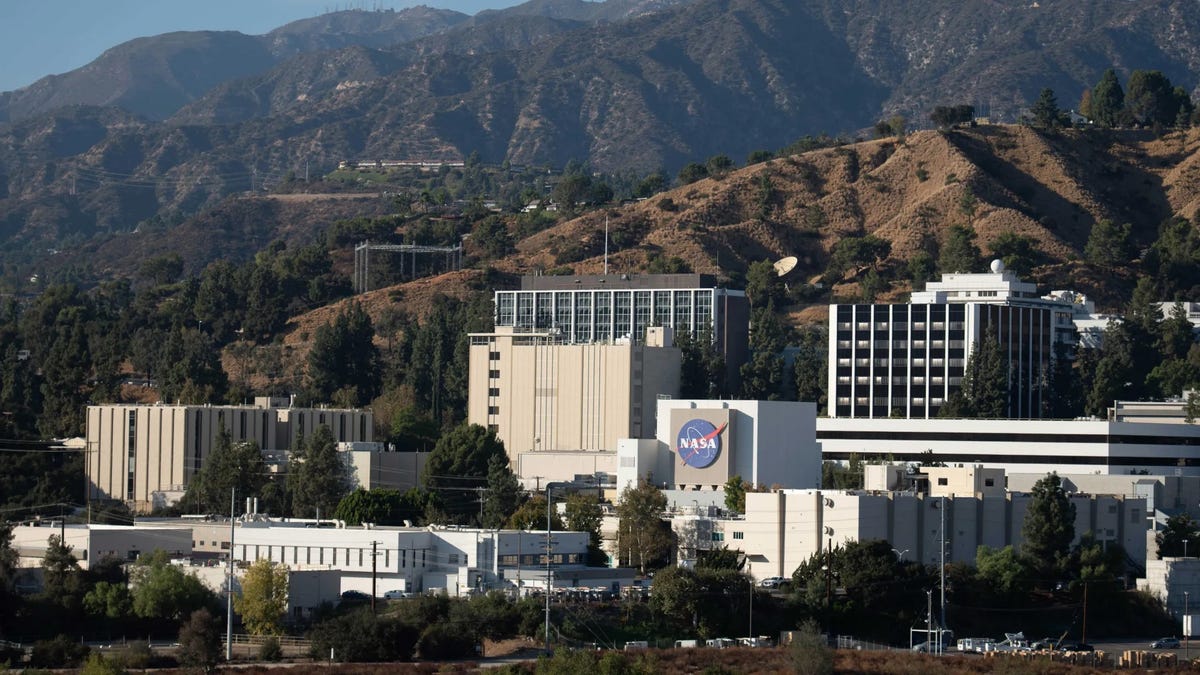
Hundreds of employees at NASA’s Jet Propulsion Laboratory (JPL) will be affected by budget constraints looming over the space agency for the current year, as Congress is still behind on issuing the final 2024 budget. and its final decision on the Mars Sample Return (MSR).
in a statement Released Tuesday, NASA announced it will lay off 530 employees, or about 8% of JPL’s workforce, as well as 40 contractors, in its latest effort to reduce spending.
The decision has been months in the making, as the space agency fears federal budget cuts to its overall spending next year. In January, NASA froze hiring and fired 100 contractors while preparing for the new budget. The space agency also halted work on the Mars Sample Return capture, containment and return system, an essential aspect of the MSR program, anticipating that its ambitious mission will receive less than a third of its requested funding.
«While we still do not have an appropriation for FY24 or the final word from Congress on our Mars Sample Return (MSR) budget allocation, we are now in a position where we must take further significant steps to reduce our spending,» he said JPL director Laurie Leshin. she wrote in a memo to JPL employees.
In March, NASA requested 27.2 billion dollars for its 2024 budget, a 7% increase from 2023. However, a few months later deficit reduction legislation went into effect, posing a threat to the space agency’s budget request. On top of that, NASA had come under intense scrutiny for having unrealistic cost and timeline expectations for MSR.
NASA had requested $949.3 million for MSR in its budget proposal for 2024, but will probably receive $300 million. That’s 36% of the $822 million budget the mission received in 2023, a sign that the Senate Appropriations subcommittee responsible for overseeing NASA’s budget is clamping down on the space agency’s overly ambitious goals. to launch a lander and orbiter to Mars in 2028.
In its 2024 budget proposal for NASA, the Senate Appropriations subcommittee ordered the space agency to submit a year-by-year funding profile for MSR within the $5.3 billion life cycle cost outlined in the 2022 Decadal Planetary Science Study. If NASA is unable to do so, it could face cancellation of the mission, the subcommittee wrote in a report published in July.
Although we are now in 2024, NASA has not yet received a final budget for the year and Congress has not made a final decision regarding the MSR. The space agency, however, fears it is bad news and is therefore doing everything it can to reduce its spending while waiting for the final word.
NASA has already made some cuts to its original 2024 budget request, notably suspending work on the Geospatial Dynamics Constellation, a group of satellites designed to study Earth’s upper atmosphere. Other missions have also suffered as a result of budget concerns at JPL, such as NASA’s VERITAS mission to Venuswhich was delayed indefinitely.
«So, in the absence of an appropriation, and as much as we wish we didn’t have to take this action, we must now move forward to protect against even deeper cuts later if we wait,» Leshin wrote in the memo to employees.
For more space flights in your life, follow us on X (formerly Twitter) and add to favorites the dedicated one from Gizmodo space flight page.







